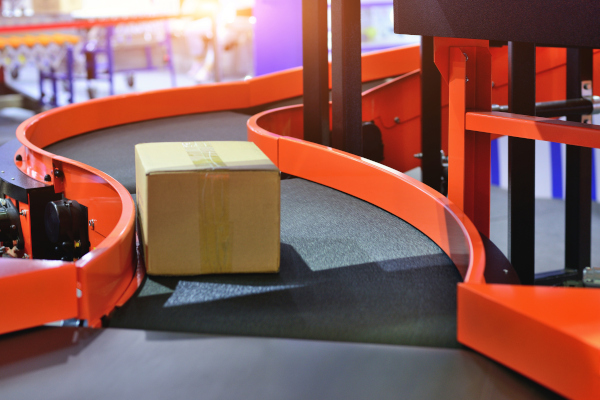Adapting Supply Chains for Resilience and Risk Mitigation
Today, disruptions have become a standard part of supply chain operations. For organizations looking to build resilience against these disruptions, including those driven by climate change and geopolitical events, the opportunity is evident. And it’s not just about adding costs to supply chain operations.
Darcy MacClaren, Chief Revenue Officer of SAP Digital Supply Chain, explained that now everyone recognizes that supply chain resilience isn’t solely about cost and efficiency. Instead, it’s about “future-proofing” the supply chain to reduce risk.
While discussing supply chain management with Supply Chain Management Review, MacClaren emphasized that building resilience does not necessarily lead to financial losses. She pointed out that when disruptions occur, like losing a contract manufacturer or urgently needing another logistics service provider, the cost can be much higher. Thus, it’s about assessing these risks differently to avoid putting the company in jeopardy. MacClaren believes it doesn’t cost customers more; it actually costs them less, offering greater agility and the ability to sense, recognize, react, and meet customer needs.
Leveraging Technology for Resilience
MacClaren emphasized that technology is simplifying this process for many companies. Historical data, Industry 4.0 technology, and artificial intelligence play vital roles in helping companies proactively navigate risks.
SAP introduced Joule, a natural language processing tool designed to provide contextual insights and drive better business outcomes. This technology enhances data analysis and recommendations for businesses.
Technology helps organizations manage increasingly severe disruptions, including environmental ones. MacClaren mentioned that waterway drying in the U.S., rice shortages in India due to dry conditions, and California wildfires all result from environmental disruptions that impact everything.
The Complexity of Future-Proofing
MacClaren noted that disruptions vary widely, making it challenging to create a standardized approach for future-proofing supply chains. SAP offers “integrated business planning,” a risk assessment approach that extends across the organization and its supply chain. This model incorporates customer sentiment, climate change, raw material shortages, and more, enabling efficient responses to disruptions.
Future-proofing often depends on probabilities because it’s impossible to predict every disruption. MacClaren used the example of hurricanes, emphasizing that while you can’t predict one a year in advance, you can prepare by looking at probabilities and adapting your supply chain accordingly.
The Three Approaches to Future-Proofing
MacClaren outlined the three essential approaches to future-proofing: connectivity of technology, contextual analysis (evaluating the relevance of data), and data availability. Collaboration with all partners, internal and external, is key for success.
Change management and breaking down silos are crucial. Aligning measures to focus on the bigger picture, what’s right for the customer, the company, and the environment, is vital for achieving a resilient and risk-proof supply chain.
In conclusion, organizations are recognizing the importance of future-proofing their supply chains to mitigate risks effectively and ensure resilience. Technology, data analysis, and a shift in perspective are key to achieving these goals. Collaborative efforts and change management play essential roles in building supply chain resilience.

